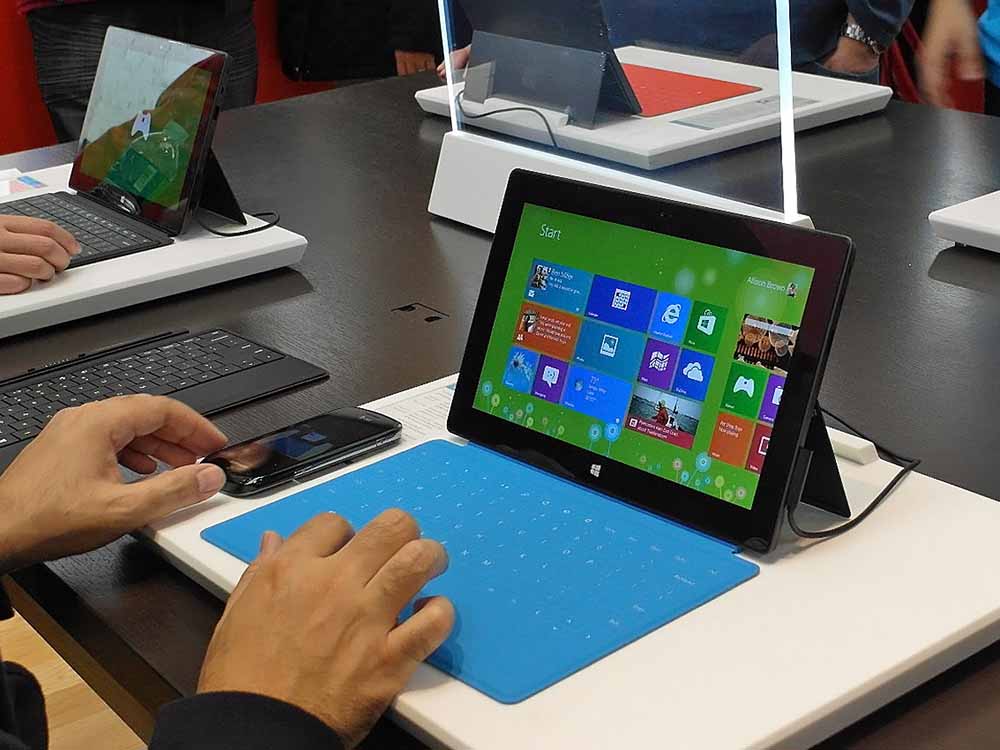Microsoft Surface in 2012: Revolutionizing the Tablet Market
In 2012, Microsoft Surface, the innovative line of tablets developed by Microsoft, made a significant impact on the technology market, aiming to revolutionize the tablet industry and redefine the way users interacted with computing devices.
Unveiling the Surface Tablet Series
Microsoft unveiled its first set of Surface tablets in 2012, marking the company’s official entry into the competitive tablet market. The Surface series featured a unique combination of productivity, mobility, and sleek design, providing users with a distinct alternative to existing tablet offerings.
Integration of Windows Operating System and Productivity Tools
Microsoft Surface differentiated itself from other tablets by integrating the Windows operating system and productivity tools such as Microsoft Office. This integration allowed users to seamlessly transition between work and leisure, making the Surface tablets a compelling option for professionals and consumers alike.
Emphasis on Design and User Experience
Microsoft placed a strong emphasis on design and user experience, focusing on creating a sleek and functional device that appealed to a wide range of users. The Surface tablets featured innovative accessories such as the Touch Cover and Type Cover, which enhanced the user interface and provided a laptop-like experience in a tablet form factor.
Market Challenges and Competitive Landscape
While Microsoft Surface received positive reviews for its innovative approach, it faced challenges in establishing a strong foothold in the competitive tablet market dominated by established players like Apple and Android. The company worked to address these challenges by emphasizing the unique features and capabilities of the Surface series and highlighting the advantages of integrating the Windows ecosystem.











